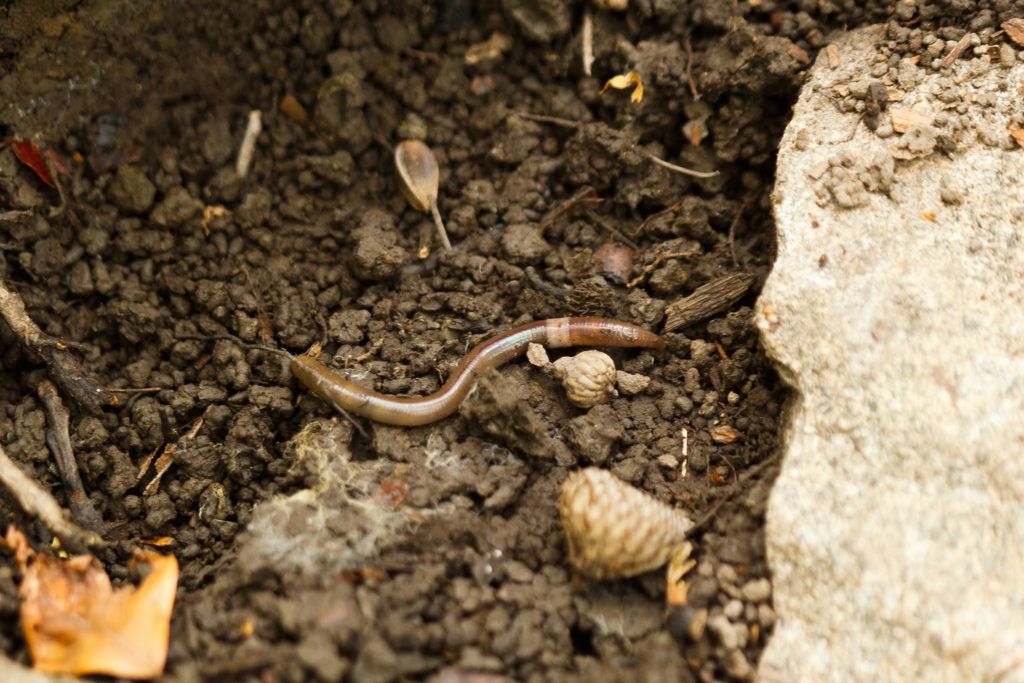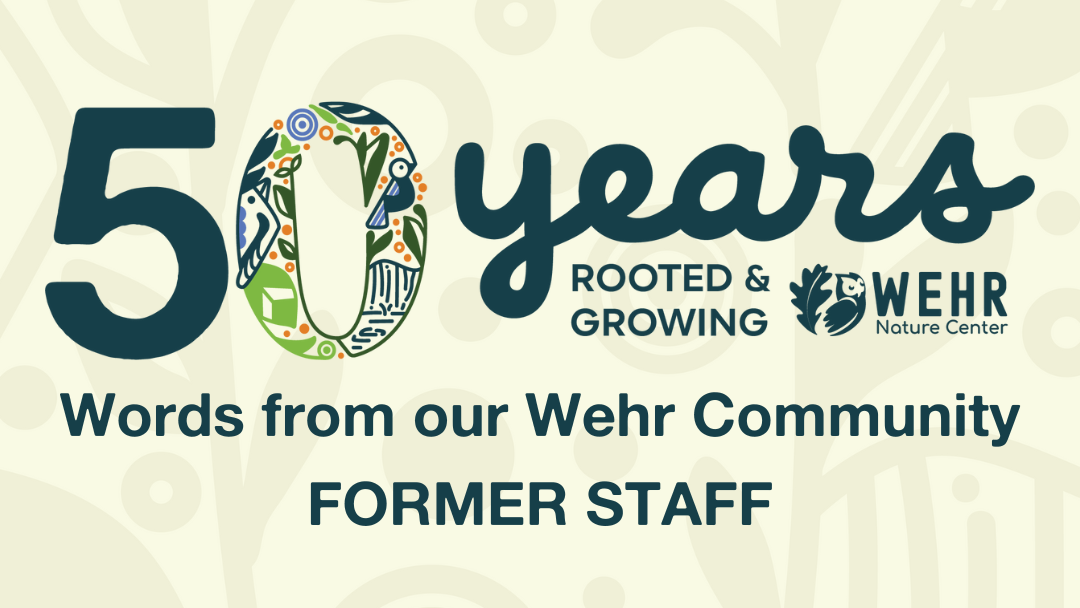Worms Threaten Wehr’s Woodland
Wait, what? Worms are supposed to be good for the environment, right?
Unfortunately, it’s not that simple. All worms in Wisconsin are technically invasive. Worms were wiped from the Great Lakes’ landscape by glaciers that receded just 15,000 years ago. European settlers reintroduced worms such as nightcrawlers and red wigglers when they arrived. But while they can be helpful in our garden and farm soil, worms have been found to disrupt Wisconsin forest ecosystems by consuming the leafy duff layer that blankets the soil. However, even these exotic worms are no match for the latest annelid invader: Asian jumping worms.

What is a jumping worm?
Jumping worms ( Amynthas spp.), also known as snake or crazy worms , are native to East Asia and probably traveled to the US in soil on horticultural plants. Currently found in 21 states, they were first found writhing in Wisconsin in 2013 at the UW Arboretum. Wehr has had a population in our upland woods since at least 2015. Unlike our familiar worms, the East Asian jumping worm does not burrow so they are easy to see when you brush away leaves or mulch from the soil. They have brown bodies and a distinctive white band near their head. They cluster together so you will usually find a mass of jumping worms. To make sure you have a jumping worm pick it up because they really do jump! Watch how they move in this video:
Jumping Worms Prolific Breeding and Eating Impact the Forest
How did these worrisome worms spread to Wehr? Probably as cocoons hidden in mulch or soil. Jumping worms cannot survive winter as adults, but they deposit hundreds of egg filled cocoons in the fall. These eggs hatch in early spring and the tiny worms grow large enough to be seen by June. Once they are introduced to a forest or garden they take over quickly. Adult worms don’t need a mate to reproduce ( a process called parthenogenesis) so they can fit in two generations each summer. Look for them in September/October when their populations are at their peak.
Jumping worms are voracious eaters of dead leaves and will sometimes even eat the roots of living plants! And since they don’t burrow, their nutrient rich castings accumulate on the soil surface, creating a texture that looks like coffee grounds or ground beef. The soil becomes depleted of nutrients and more prone to erosion because of the “hyper” rate at which they decompose leaf litter and mulch.
What Can You Do About Jumping Worms?
Research is ongoing, but so far scientists have not found a practical method of removing jumping worms once they are established, so prevention is key. Here are some tips to prevent their spread:
- Never dump bait worms into the environment. Bag them and put them in the trash.
- Verify that sources are free of jumping worms before transplanting plants. Choose bare-root plants when possible.
- Check your sources of mulch. Jumping worm eggs are killed when mulch is heated to above 104 degrees Fahrenheit.
- Clean your gardening tools before working in a new area/yard
- Protect natural areas by cleaning soil off your boots and gear before entering. Always stay on trails!
- Kill any jumping worms you find by bagging them and placing in the sun or putting them in a solution of isopropyl alcohol. Do not dispose of them into your compost pile!
Learn more about jumping worms:
The post Worms Threaten Wehr’s Woodland appeared first on Friends of Wehr Nature Center.






